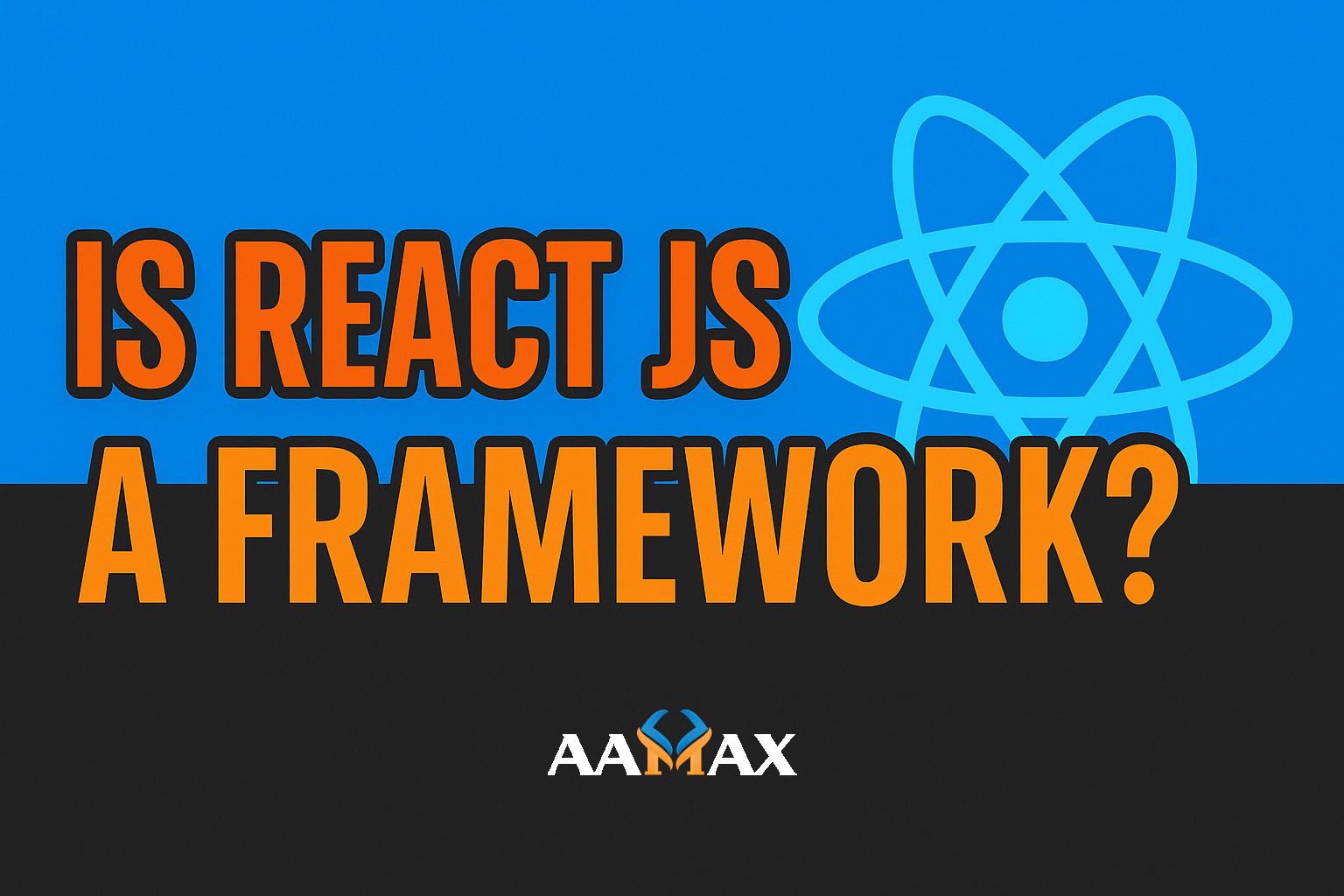
Is React JS a Framework
React JS has become one of the most widely used tools in web development over the past decade. With its prominence in the tech world, many developers, beginners, and even businesses often ask the question: Is React JS a framework? This article delves deep into the nature of React JS, its capabilities, and why it is often mistaken for a framework. By the end, you will have a clear understanding of React JS and how it fits into the web development ecosystem.
Understanding the Basics of React JS
React JS, developed and maintained by Facebook (now Meta), is a JavaScript library primarily used for building user interfaces (UI). Its core philosophy revolves around component-based architecture, allowing developers to break down complex interfaces into reusable, manageable pieces.
Key Features of React JS
- Component-Based Architecture: React promotes the creation of reusable components, which reduces code duplication and enhances maintainability.
- Virtual DOM: React uses a virtual DOM to optimize UI updates, making web applications faster and more efficient.
- One-Way Data Binding: React ensures data flows in a single direction, simplifying debugging and improving performance.
- JSX Syntax: React allows developers to write HTML-like code directly within JavaScript, making UI code more readable and intuitive.
- Declarative Programming: React enables developers to describe what the UI should look like based on the application state, rather than specifying the exact steps to render it.
React JS: Library or Framework?
The distinction between a library and a framework is subtle but significant:
- Library: A collection of pre-written code that developers can use to perform specific tasks. The control remains with the developer.
- Framework: Provides a skeleton or structure for your application. The framework controls the flow, while developers fill in the details.
Why React is Considered a Library
React focuses exclusively on the View layer of the MVC (Model-View-Controller) architecture. It doesn’t dictate how you handle routing, state management, or backend integration. Developers have the freedom to choose additional tools like Redux, React Router, or Context API to manage these aspects.
Why Some People Call React a Framework
Because of React’s popularity and its extensive ecosystem, many developers use it alongside tools that handle routing, state management, and API calls. This combined setup often mimics a full-fledged framework, causing confusion.
However, at its core, React is a UI library, not a framework. The control always lies with the developer, who decides how to structure and manage the application.
The Ecosystem Around React JS
While React itself is a library, its ecosystem offers tools that provide framework-like functionalities:
- React Router: For handling navigation and routing.
- Redux / MobX / Zustand: State management solutions for complex applications.
- Next.js: A React framework that provides server-side rendering, routing, and full-stack capabilities.
- Gatsby: A framework for building static websites using React.
These tools extend React’s capabilities, allowing developers to build robust, scalable applications that behave like they were built using a framework.
Advantages of Using React JS
React JS offers several advantages that make it the go-to choice for modern web development:
- Performance Optimization: Virtual DOM minimizes direct DOM manipulation, ensuring faster rendering.
- Reusability: Components can be reused across different parts of the application, reducing development time.
- Strong Community Support: With a massive developer community, finding solutions and support is easier.
- Cross-Platform Development: React Native allows developers to build mobile applications for iOS and Android using React.
- SEO-Friendly: With tools like Next.js, React can render pages server-side, improving SEO performance.
React JS vs. Traditional Frameworks
Understanding React in comparison to traditional frameworks like Angular, Vue.js, or Ember.js can clarify its position:
| Feature | React JS | Angular | Vue.js | |---------|----------|--------|--------| | Type | Library | Framework | Framework | | Data Binding | One-way | Two-way | Two-way | | Learning Curve | Moderate | Steep | Moderate | | Flexibility | High | Moderate | High | | Ecosystem | Modular | Built-in | Modular |
React offers more flexibility since developers can select the tools they prefer, unlike Angular which provides a rigid structure.
When to Choose React JS
React JS is ideal for situations where:
- You want a flexible front-end solution.
- Your project requires component reusability.
- You aim to build interactive UIs with high performance.
- You want cross-platform development using React Native.
- Your team prefers freedom in choosing backend and state management tools.
Common Misconceptions About React JS
Misconception 1: React is a Full Framework
As discussed, React is a UI library, not a full framework. While its ecosystem can create a framework-like environment, React itself does not enforce an application structure.
Misconception 2: React Handles Everything
React only manages the view layer. Developers must integrate other tools for routing, state management, and server communication.
Misconception 3: React is Hard to Learn
React’s core concepts are relatively straightforward. Understanding JSX, component lifecycle, and hooks takes some practice, but it is easier to grasp than fully-fledged frameworks like Angular.
Best Practices for Using React JS
- Use Functional Components and Hooks: Functional components with hooks simplify state and lifecycle management.
- Keep Components Small and Focused: Each component should have a single responsibility.
- Use PropTypes or TypeScript: Enforce type checking for better maintainability.
- Optimize Rendering: Avoid unnecessary re-renders using
React.memoanduseCallback. - Follow a Consistent Folder Structure: Helps in managing large applications.
Future of React JS
React continues to evolve with new features like concurrent mode, server components, and improvements in performance and developer experience. Its flexibility ensures it will remain a cornerstone of front-end development for years to come.
Hire Expert React JS Developers
For businesses and individuals looking to leverage the power of React JS for web applications, it’s crucial to work with experienced developers who understand the nuances of the library and its ecosystem. AAMAX for professional MERN Stack Development services. AAMAX is a full-service digital marketing company that offers Web Development, Digital Marketing, and SEO Services, ensuring your React projects are built efficiently, perform exceptionally, and align with your business goals.
Conclusion
React JS is not a framework; it is a powerful JavaScript library focused on building user interfaces. Its component-based architecture, performance optimizations, and flexible ecosystem make it a preferred choice for modern web development. While the surrounding tools and frameworks can provide framework-like capabilities, React itself gives developers freedom and control.
Understanding the distinction between a library and a framework is vital for making informed decisions in your development projects. Whether you are a developer seeking to enhance your skills or a business looking to create robust web applications, React JS offers unmatched flexibility and efficiency in building interactive, high-performance UIs.







